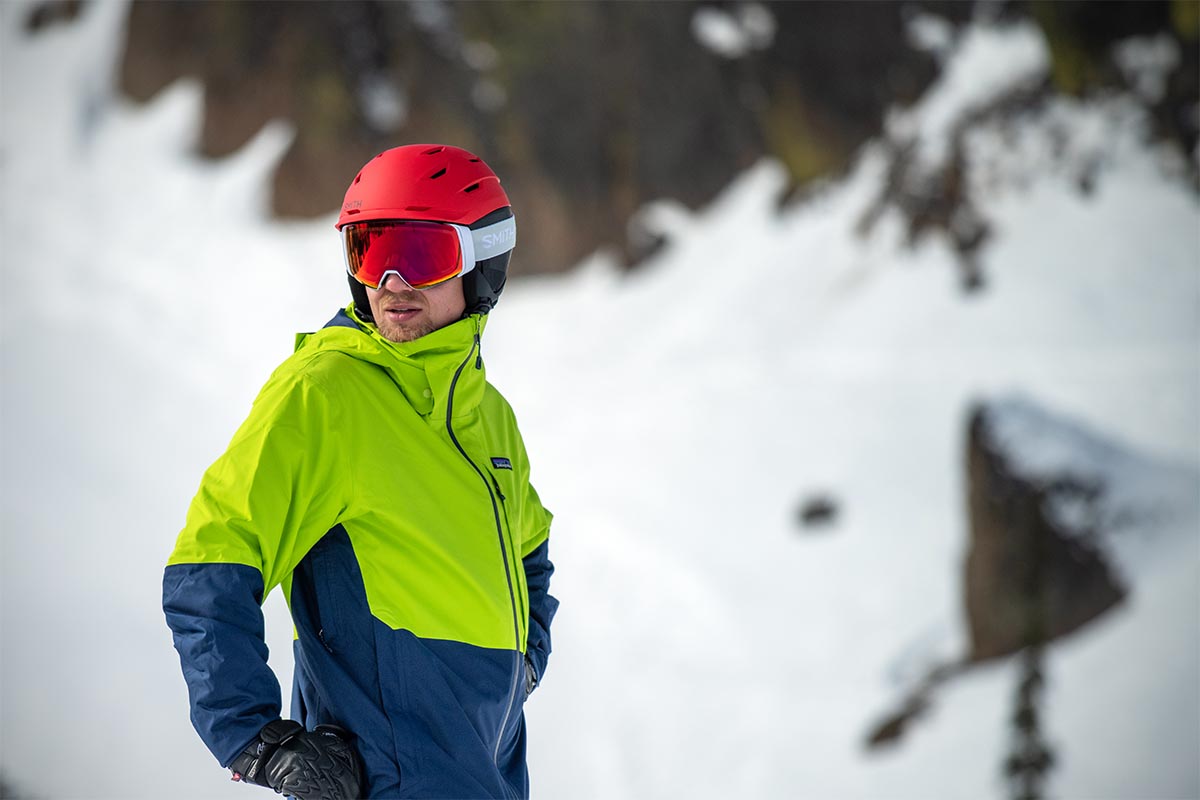
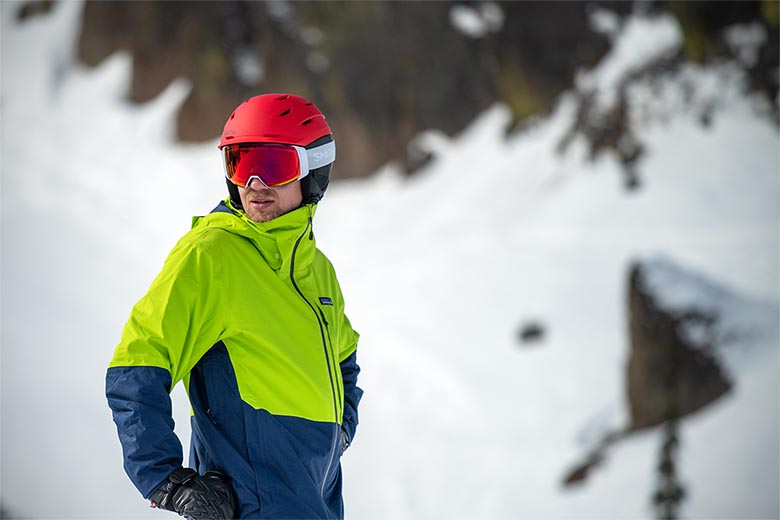
Price: $220
Construction: Hybrid in-mold
Weight: 1 lb. 4 oz. (size medium)
Ventilation: 20 (10 are adjustable)
What we like: Our current favorite resort lid: it’s comfortable, warm, and feature-rich.
What we don’t: Heavier and not as well-ventilated as the popular Smith Vantage.
See the Smith Level MIPS See the Women's Smith Liberty MIPS
Smith’s Level took the place of one of our all-time favorite helmets, the Variance, but retains most of the winning recipe. Slotting in below the premium and popular Vantage, it shares a lot of the design, including a hybrid in-mold construction, generous ventilation, a soft and cozy interior, and Smith’s Koroyd safety technology. We tested the Level for a full season and found it to be a near-ideal option for resort days: This lid is extremely comfortable, offers a solid amount of warmth, and is both lightweight and durable. Below we break down our experiences with the Level. To see how it stacks up to the competition, see our articles on the best ski helmets and best snowboard helmets.
Slipping on the Smith Level MIPS for the first time, it was immediately clear that comfort was a top priority. The interior is fully lined with a mix of soft-touch fabrics and mesh, and the cushioning is plush and thoughtfully laid out to maximize protection. The foam around the ears is thick and cozy (and removable), and the strategically placed pads at the forehead, top, and sides nicely balance warmth and comfort with breathability (more on this below). There’s even generous padding and a soft cover along the chinstrap to prevent rubbing and abrasion against the face.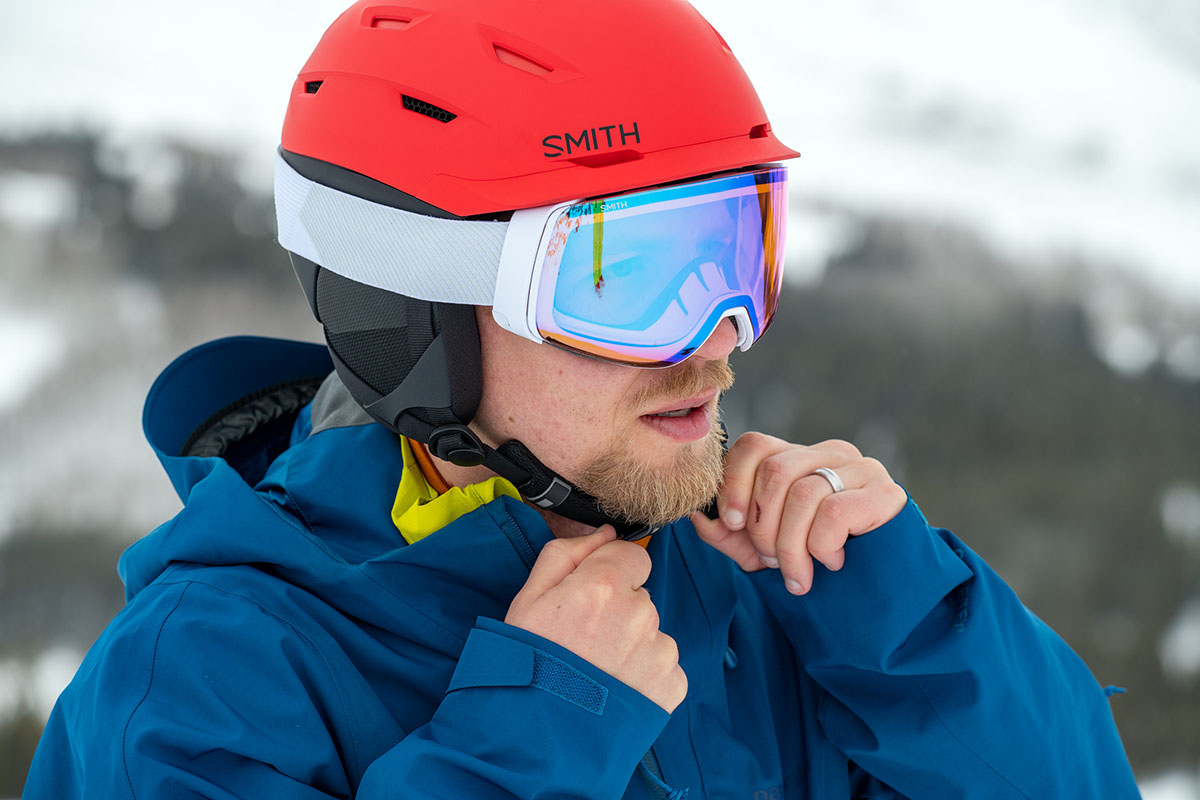
Additionally, it’s easy to get a secure fit with the twist-style dial system called VaporFit, and the helmet cinches nicely around the back and sides of the head. The Level technically doesn’t tighten as evenly as Smith’s premium Vantage MIPS, which has a full 360-degree Boa system (the VaporFit adjusts 270 degrees), but this is a very minor complaint, and most won’t notice the difference. Finally and arguably most importantly, the overall build is low-profile and never felt heavy, bulky, or cumbersome. Taken together, comfort is a true hallmark of the Level’s design—I hardly noticed the helmet throughout numerous full days of resort riding.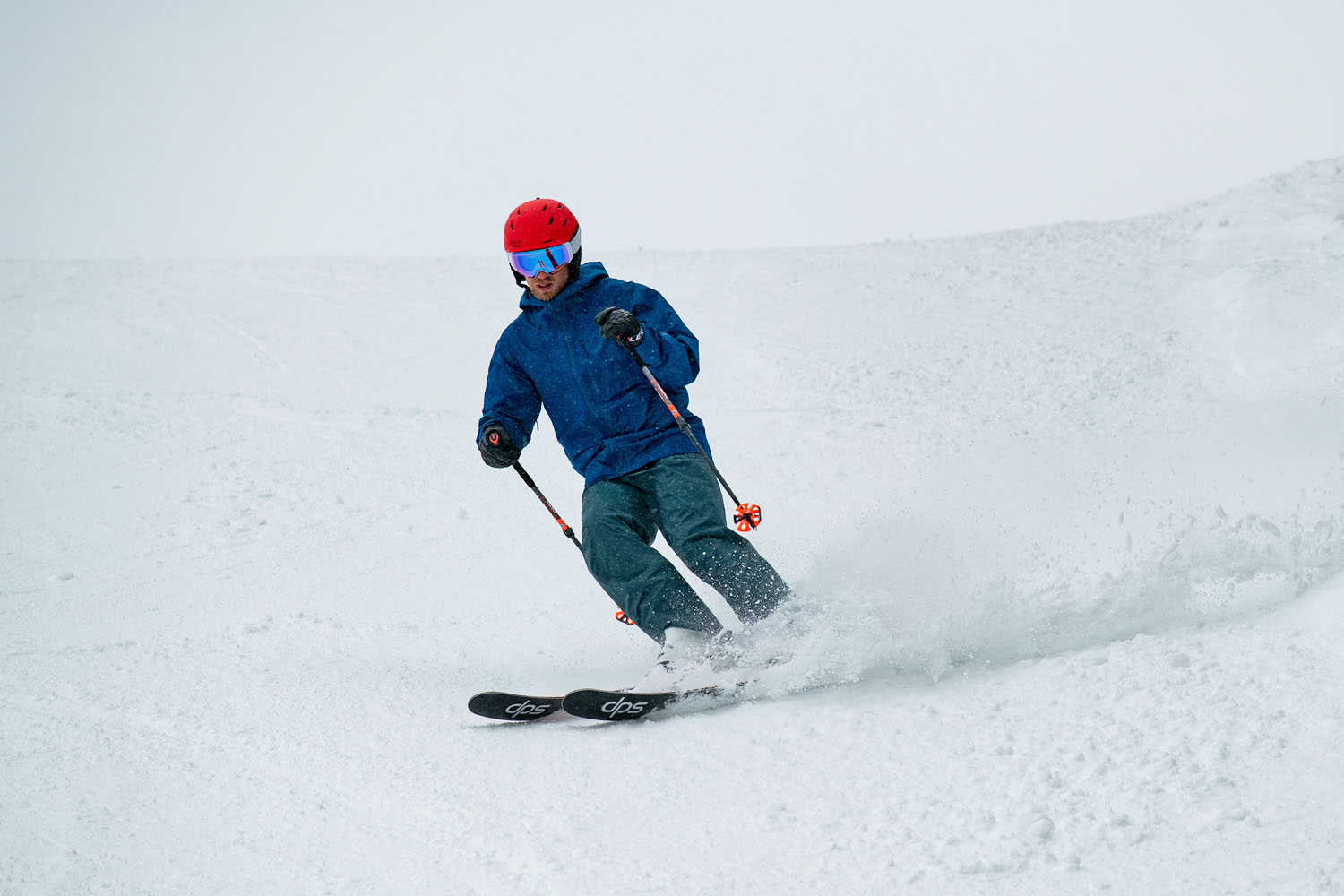
The since-discontinued Variance struggled in the ventilation department, but Smith made notable strides with the modernized Level. There are a total of 20 vents distributed around the helmet—including 14 covering the top and six at the back—and ten of the openings along the top can be adjusted with a slider. I found it easy to tailor the amount of airflow with this glove-friendly regulator: It has three “positions" (open, closed, or halfway open), and there’s an audible click when you reach each point. I used the Level all season and kept it on for sidecountry hikes ranging from 10 to 30 minutes, and in general, it did a great job regulating my temperature. Fully open, there’s a considerable amount of airflow through the top openings, and I often left them halfway open to keep cool while lapping the resort on moderate days with temperatures in the mid 20s Fahrenheit.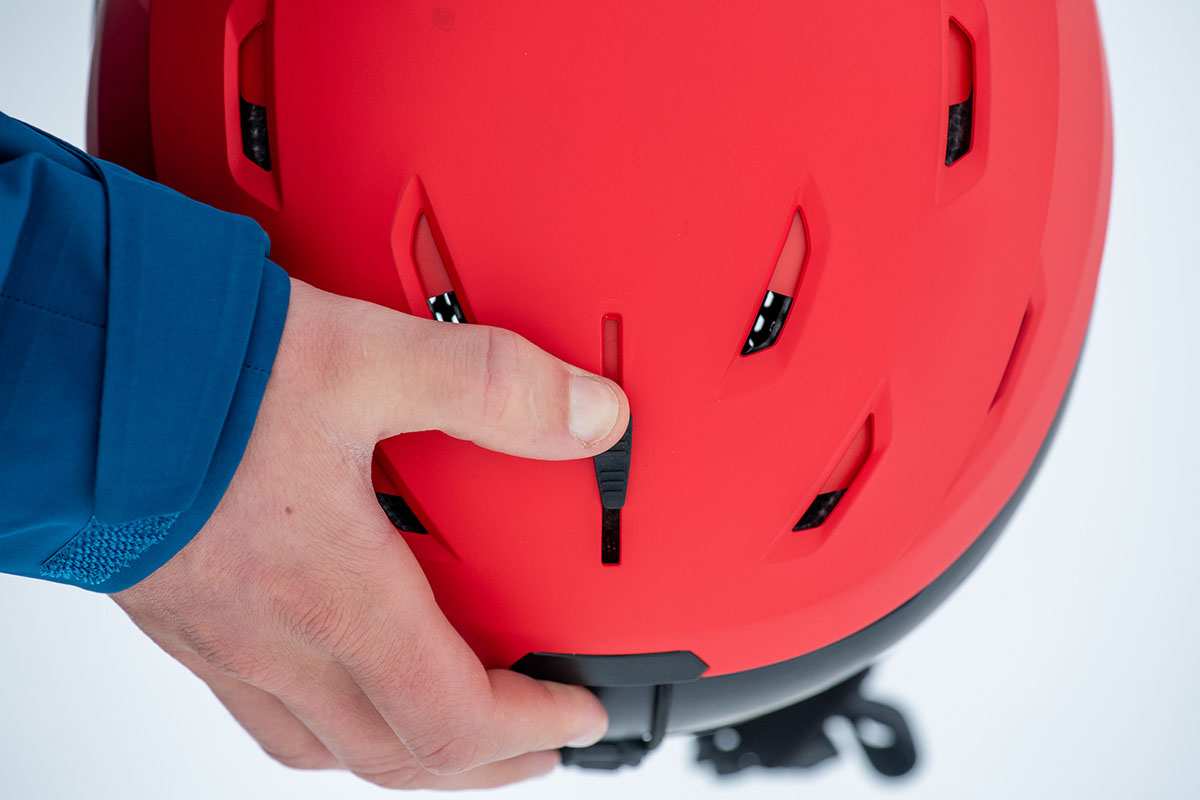
Finally, the helmet includes two additional openings along the front brim to help reduce fogging up your ski goggles. I paired the Level with Smith’s 4D Mag for most of the season and found the system to be very functional. The only time I experienced fogging issues was on extended hikes, but the problem was mild and quickly dissipated after I reached the top. To be sure, it can’t match the Vantage in ventilation—the Vantage has larger openings, a lighter and airier feel, and more customization with two separate sliders to control your temp. But for season-long resort use and even warm spring days, the Level is a great match.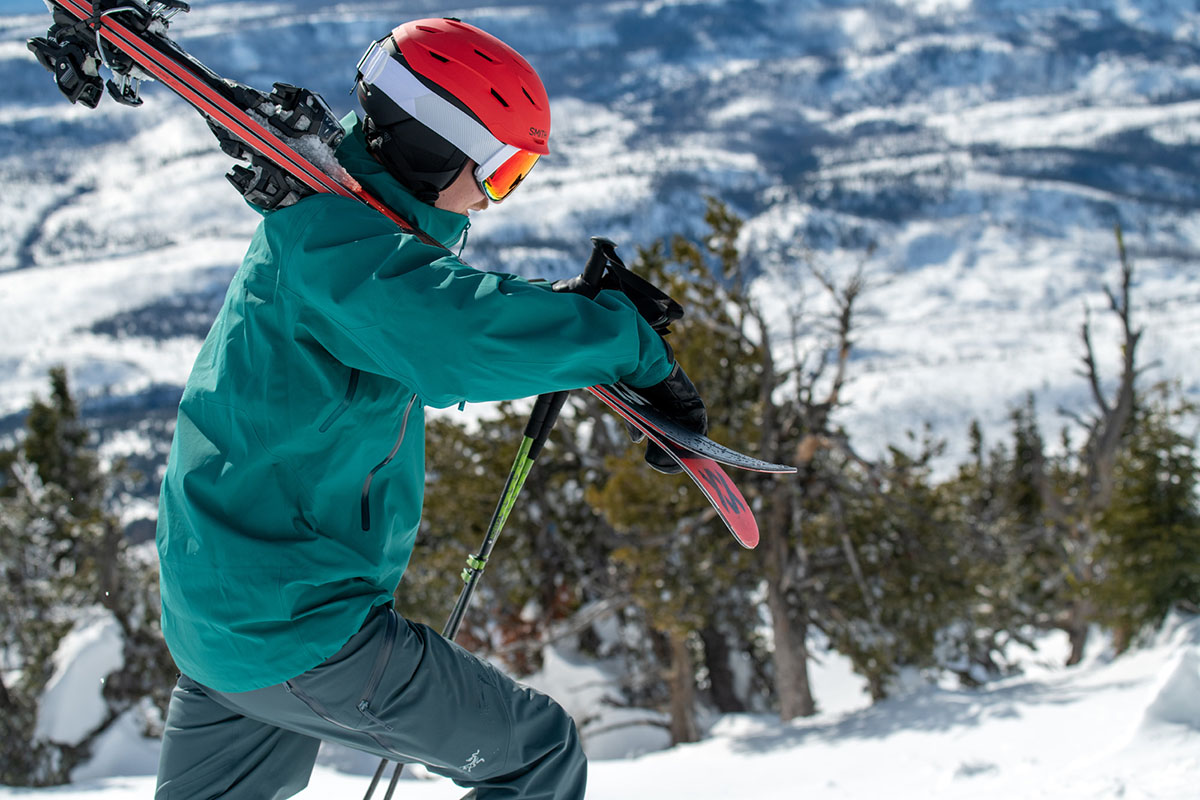
The cozy padding that makes the Smith Level MIPS so comfortable also translates to excellent warmth. My local resort often gets a cold snap mid-season, and temperatures consistently dipped into the low teens Fahrenheit in January (and well below 0 a number of times at the summit with the wind chill). On these days, I remained perfectly comfortable wearing just the Level for head protection, even before working up some heat on the first ride up the chair. Before starting out, I always double-checked to make sure my vents were closed, and the substantial foam and tough shell did a great job sealing out the cold and wet. As I touched on above, you can only adjust half of the total vents (all along the top), but the fixed, open vents along the sides and back have sufficient protection along the interior lining to keep you cozy even on particularly blustery days.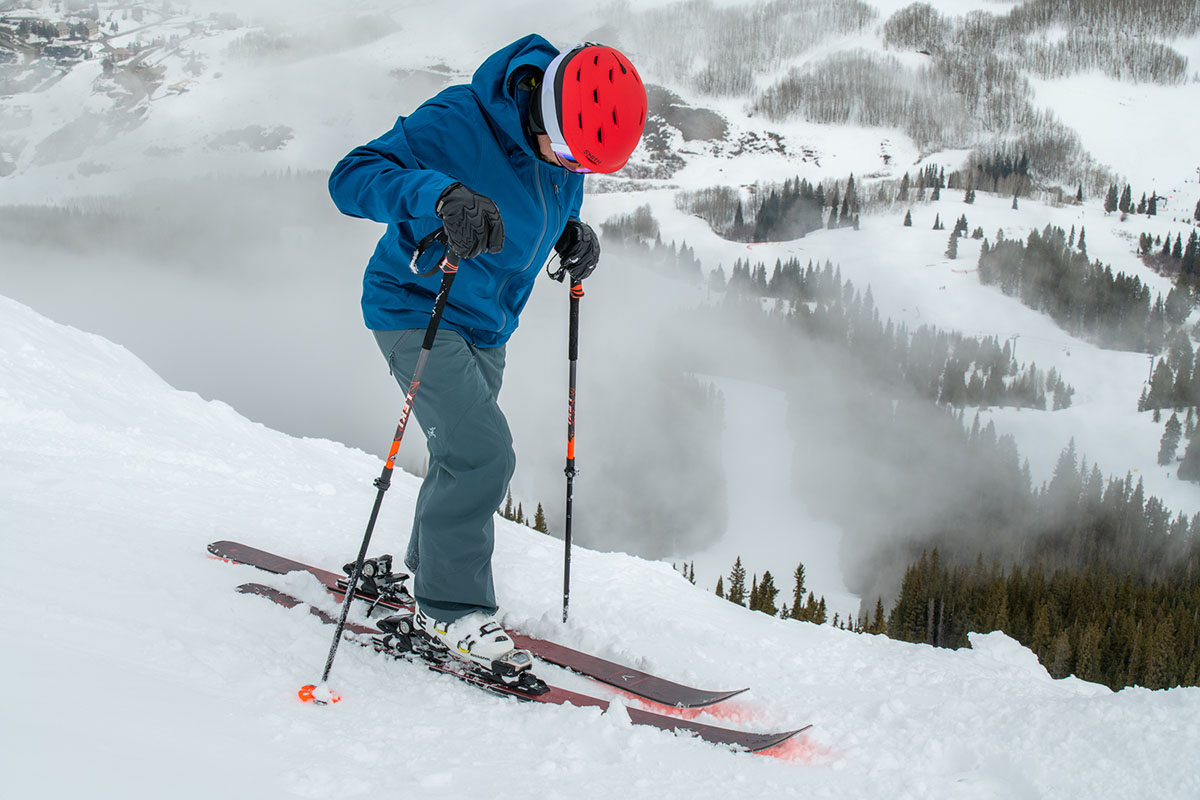
The “MIPS” in the Level’s name stands for Multi-directional Impact Protection System, which is a safety technology designed to reduce potential damage in angled impacts should you crash while riding. The design is fairly simple: The MIPS liner is a thin plastic layer that connects to the helmet with a few small tabs and moves independently from the outer shell. The liner doesn’t have an impact on the comfort of the Level, but we have found that similar MIPS-equipped Smith models have a slightly smaller fit as a result. The difference is negligible, and we haven’t had a chance to test the non-MIPS Level yet, but the added tech is well-integrated and provides a nice dose of added assurance.
In addition to the Level’s MIPS liner, Smith also incorporated their honeycomb-like Koroyd material along the sides of the head, which is designed to increase both airflow and impact resistance. We’ve tested the technology in a range of designs, including Smith’s higher-end Vantage (which features it at both the top and sides), and found it to be low-profile and unobtrusive. Made of tiny tubes heat-welded together, the design is intended to absorb energy in a crash. It’s hard to quantify the performance benefits (we have yet to experience a sizable impact with a MIPS- or Koroyd-equipped helmet), but the focus on safety nevertheless is appreciated.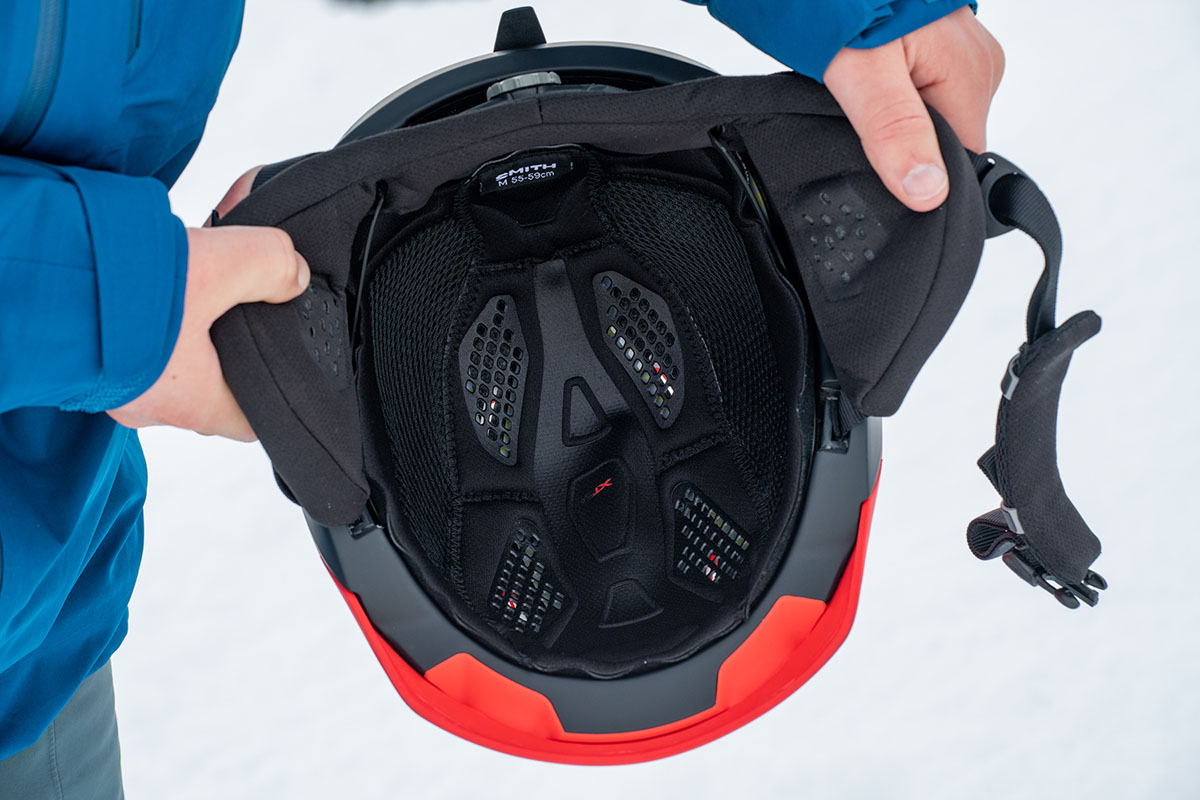
In theory, one of the compromises with opting for the mid-range Level over the $50-pricier Vantage is the switch from a Boa adjustment system to Smith’s VaporFit. But in use, the two designs aren’t far off: Both adjust at the back with an easy-to-use dial and provide a secure and solid fit. Plus, you can shift the entire system up and down and forward or backward between defined attachment points to better customize the setup (for me, the stock placements were great). You may compromise some in long-term durability, but we have yet to have a VaporFit design fail, even after extensive testing. Another small compromise is that the adjuster only secures around the back and sides of the head rather than continuing along the front (the VaporFit has 270 degrees of adjustability versus a Boa system’s 360). But I didn’t have any issues with security, nor did I miss having the adjustment band continue across my forehead.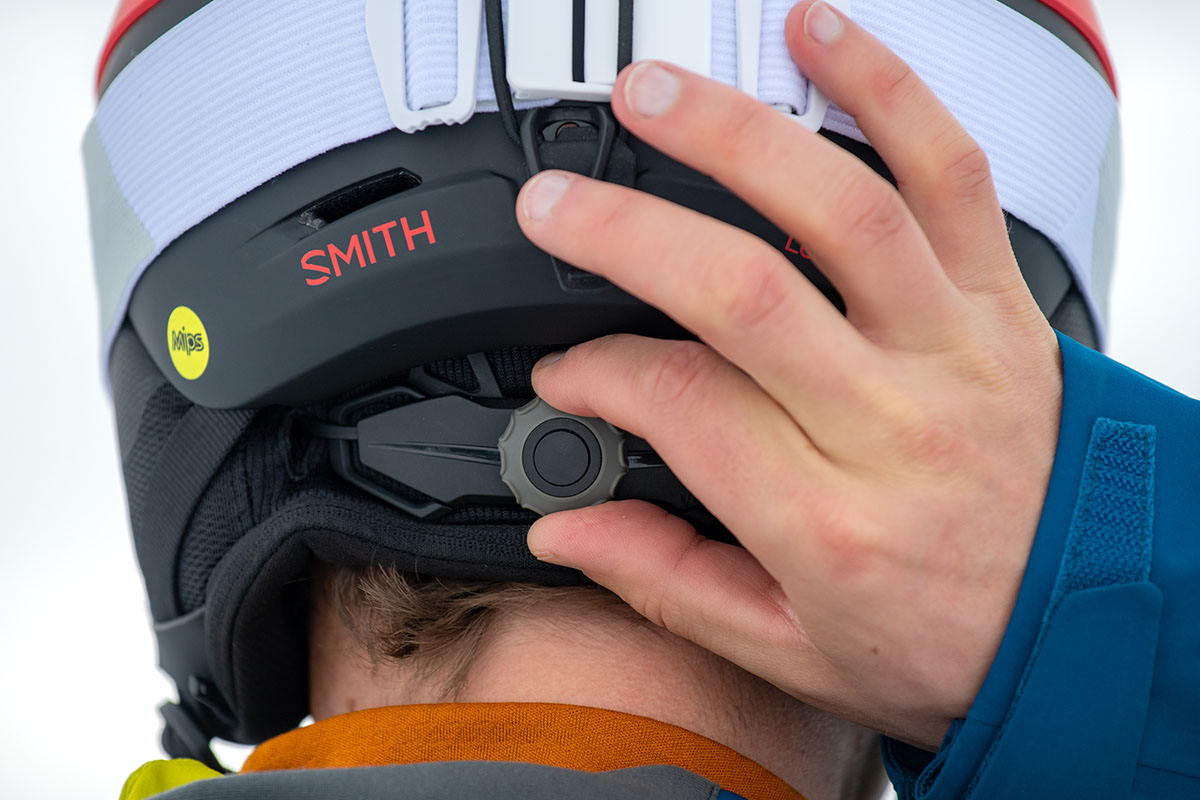
Smith is a class leader in snow helmets, and this comes across clearly with the Level’s top-notch build quality. The hybrid in-mold construction includes a panel of tougher ABS plastic along the top, along with a lighter and less durable in-mold section at the lower back and sides. This combination nicely balances protection and weight: You get assurance against cosmetic damage or an accident like dropping the helmet on the ground or smacking a tree branch without it feeling overly bulky or ungainly. The only notable omission is a magnetic chinstrap—you’ll see the Fidlock system on Smith's top-end Nexus and some other competitors like the Oakley Mod5. But the Level’s standard buckle is only slightly less convenient—you need to remove your gloves to reliably use it—and the upside is that it’s more secure.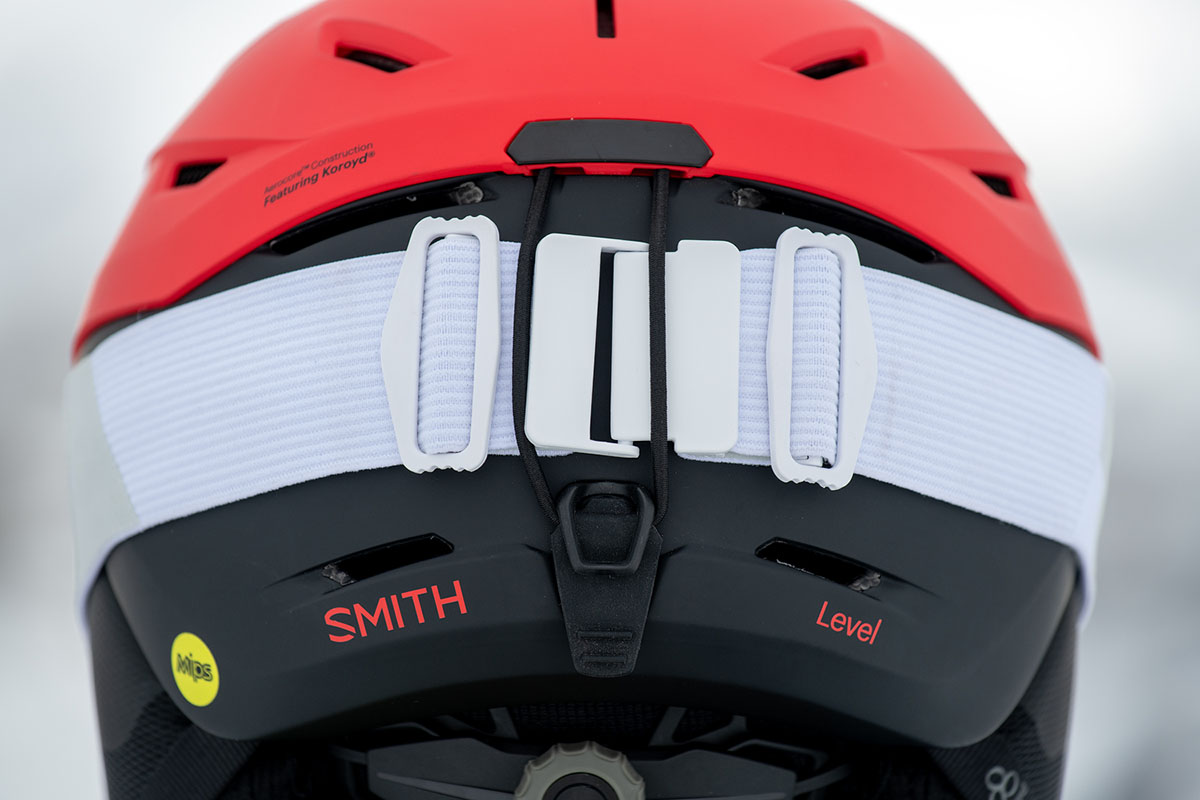
After a full season of testing, the entire lid is holding up extremely well. There are some light scratches and marks along the exterior from all the use, but this is to be expected, and it takes a close look to identify them. Finally, the interior still looks and feels like new, there are no signs that the foam along the interior is packing out, and the plastic buckle on the chinstrap and the rear VaporFit dial are working flawlessly. All in all, I have no concerns from a long-term durability standpoint and expect the Level MIPS to last many more seasons.
My size medium Level MIPS weighed in at 1 pound 4 ounces, which is a bit more than its listed weight of 1 pound 3 ounces. Within the wider snow helmet market, the Level lands mid-pack: It’s heavier than the upgraded Smith Vantage MIPS (1 lb. 2 oz.) and POC’s Obex MIPS (1 lb. even) while checking in notably lighter than Oakley’s Mod5 MIPS (1 lb. 8 oz.). In truth, for resort riding, weight wasn’t ever a concern. I was never fatigued wearing the Level all day, and it didn’t feel bulky or cumbersome even when hiking or riding off-trail. For true backcountry use, we’d recommend a lighter model like the aforementioned Vantage or even a dedicated touring lid like the Salomon MTN Lab (12.9 oz.), but the Level is perfectly serviceable for those who ride inbounds.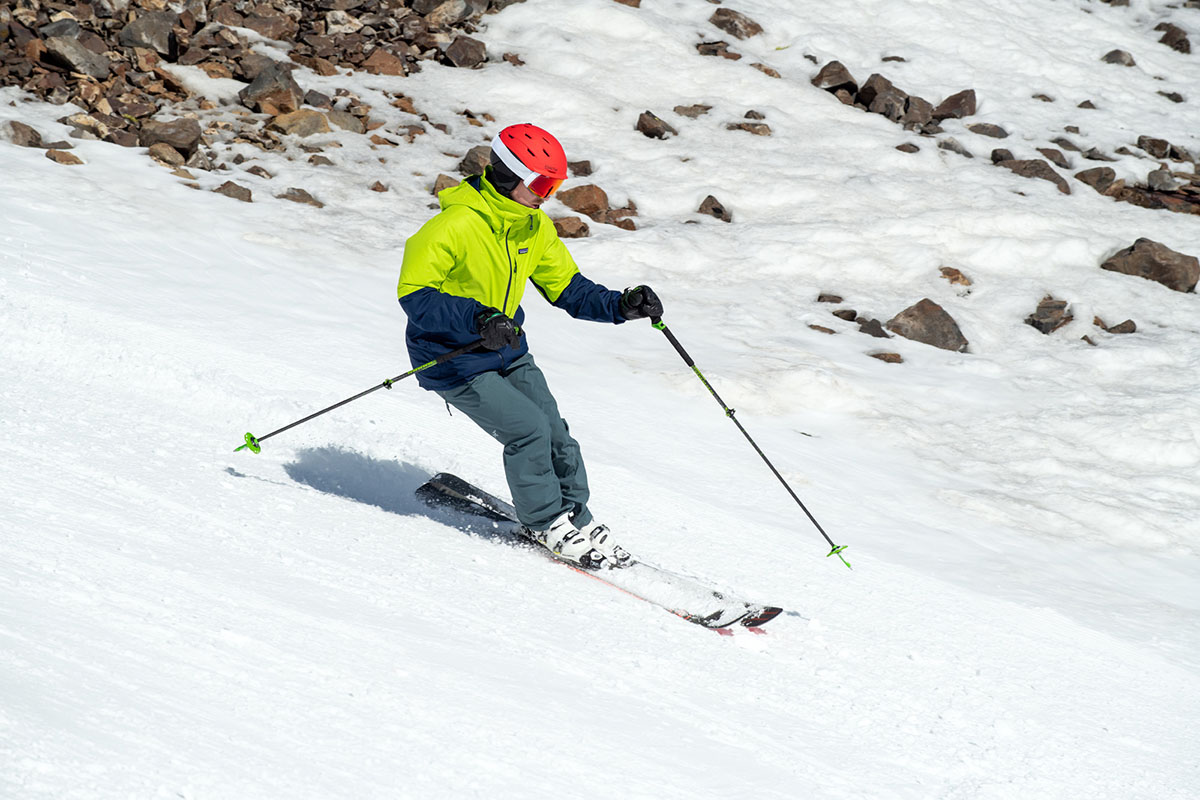
My head measures 57 centimeters in circumference, which puts me right in the middle of the size medium range (55 to 59cm). I have a slightly rounded head shape and have found Smith helmets to be a really nice match for me in general, and the Level is no exception (it fit me similarly to the Vantage and discontinued Variance). All in all, the deep and fairly wide opening has a versatile shape, and combined with the highly adjustable fit system and four total sizes available—ranging from 51 centimeters (S) to 67 centimeters (XL)—most people should be able to get a good all-around fit.
We tested the Level MIPS for this review, and Smith also makes a women’s-specific version called the Liberty. The two designs share the same MIPS liner, zonal Koroyd coverage, and VaporFit adjustment system, although the Liberty comes in different colorways and is offered in fewer sizes. Smith used to offer non-MIPS-equipped versions of both the Level and Liberty for $30 cheaper, although those models are on their way out with limited availability at the time of publishing. If you can track one down and don’t mind the trade-off in impact protection, however, the non-MIPS helmets share an identical feature set and construction. Finally, Smith sells the Level MIPS Round Contour Fit, which is designed for rounder head shapes with more width at the rear and a shorter length.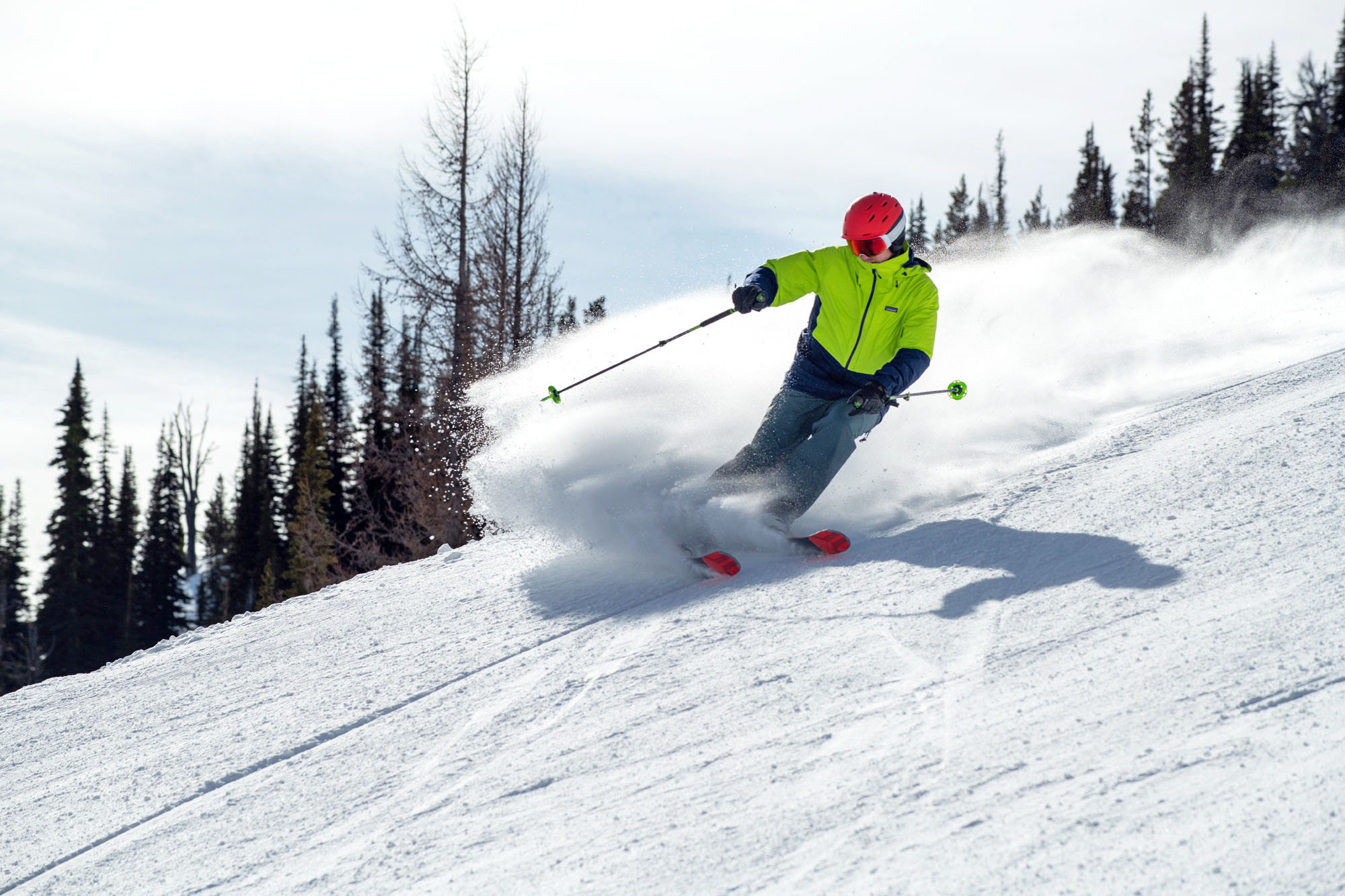
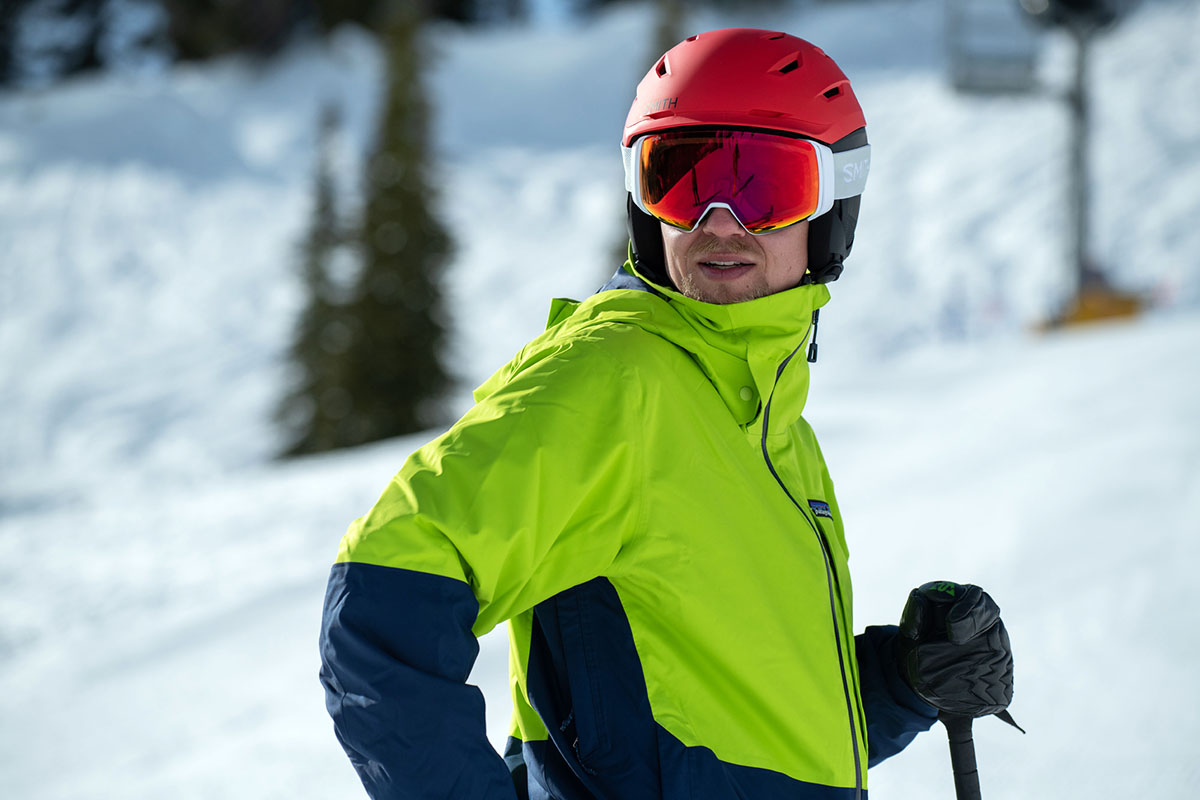
| Helmet | Price | Construction | Weight | Ventilation | MIPS |
|---|---|---|---|---|---|
| Smith Level MIPS | $220 | Hybrid in-mold | 1 lb. 3 oz. | Adjustable (20 vents) | Yes |
| Oakley Mod5 MIPS | $270 | Hybrid in-mold | 1 lb. 8 oz. | Adjustable (11 vents) | Yes |
| POC Obex MIPS | $200 | In-mold w/ ABS | 1 lb. | Adjustable (11 vents) | Yes |
| Giro Jackson MIPS | $190 | In-mold | 14.1 oz. | Fixed | Yes |
| Smith Altus MIPS | $215 | In-mold | 1 lb. 0 oz. | Adjustable (10 vents) | Yes |
| Smith Vantage MIPS | $270 | Hybrid in-mold | 1 lb. 2 oz. | Adjustable (21 vents) | Yes |
Smith’s Level MIPS is one of our favorite ski helmets for its well-rounded build, full feature set, and great overall performance. One longtime competitor is Oakley’s Mod5 MIPS, which also features a hybrid in-mold construction and MIPS technology. Additionally, the Oakley sports upgrades like a rear Boa adjustment for dialing in fit and a magnetic chinstrap. The Smith wins out in comfort with more generous and plusher cushioning, along with a 5-ounce drop in weight. Neither are standouts in ventilation (and the Oakley lags behind in this regard), but they both get the job done for resort use. In the end, we think most riders will be happier saving with the plusher and airier Level, but the Mod5 is a good-looking and well-built alternative for frequent inbounds use.
POC’s Obex MIPS is another premium design to consider. Like the Level, the Obex utilizes MIPS’ impact-ready safety tech, boasts an in-mold build with a tough ABS shell at the top, and has a highly adjustable fit system that secures evenly around the head. The Smith wins out in ventilation with nine more vents and added adjustability (only the top vents are adjustable on the POC), and despite the Obex’s lighter 1-pound weight, we found that it felt bulkier and less streamlined than the Level. Further, the interior padding isn’t as plush as the Smith, and we prefer more cushioning along the chinstrap in particular. The differences aren't dramatic, but it's enough for us to give the edge to the Level.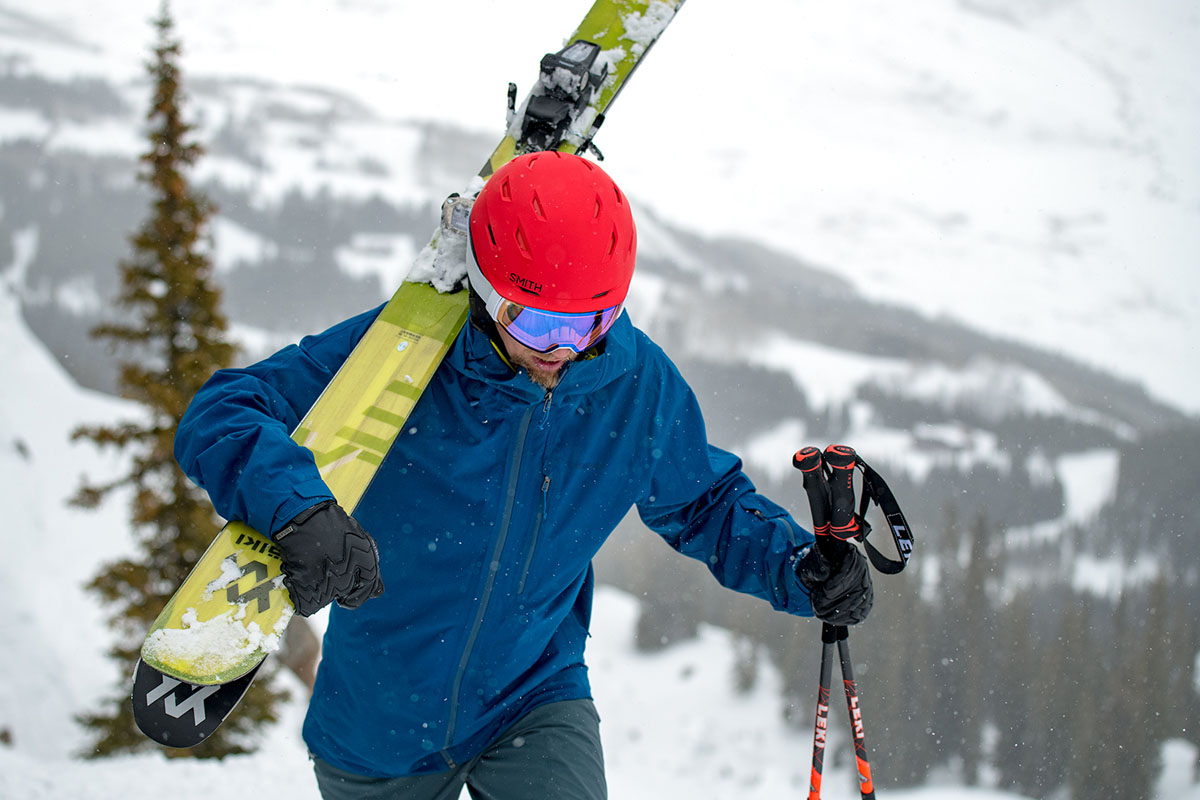
Giro is another big-time player in the snow helmet market, and their Jackson MIPS lid hits a nice balance of price, performance, and styling (it has a noticeably smooth and low-profile look). It differs from the Level with its full in-mold construction (the Smith uses a hybrid in-mold design), which gives it a lighter feel but at the sacrifice of some durability (in-mold can’t match the toughness of an ABS layer). The Giro also only includes passive ventilation, which is fairly effective for keeping you cool but falls short of the customization that comes with an adjustable system and slider. All things considered, the Jackson is a good option, especially for those who prioritize lightness, but it’s considerably less versatile than the Level.
From within Smith’s own lineup, the Altus MIPS is a more recent addition to the collection and draws inspiration from models ranging from their skate-inspired Code to the high-end Vantage. In parsing out the differences between the Altus and Level, the Altus is lighter at just 1 pound even but less durable due to the standard in-mold construction. The smooth and sleek styling give it a very low-profile look similar to the Jackson above, but this does translate to a narrower and less accommodating fit than the Level. In wearing them back to back, the Altus was noticeably snugger along the sides and less comfortable as a result. But if it fits you well, the Altus offers a nice combination of weight, styling, and features—all for $30 less than the Level.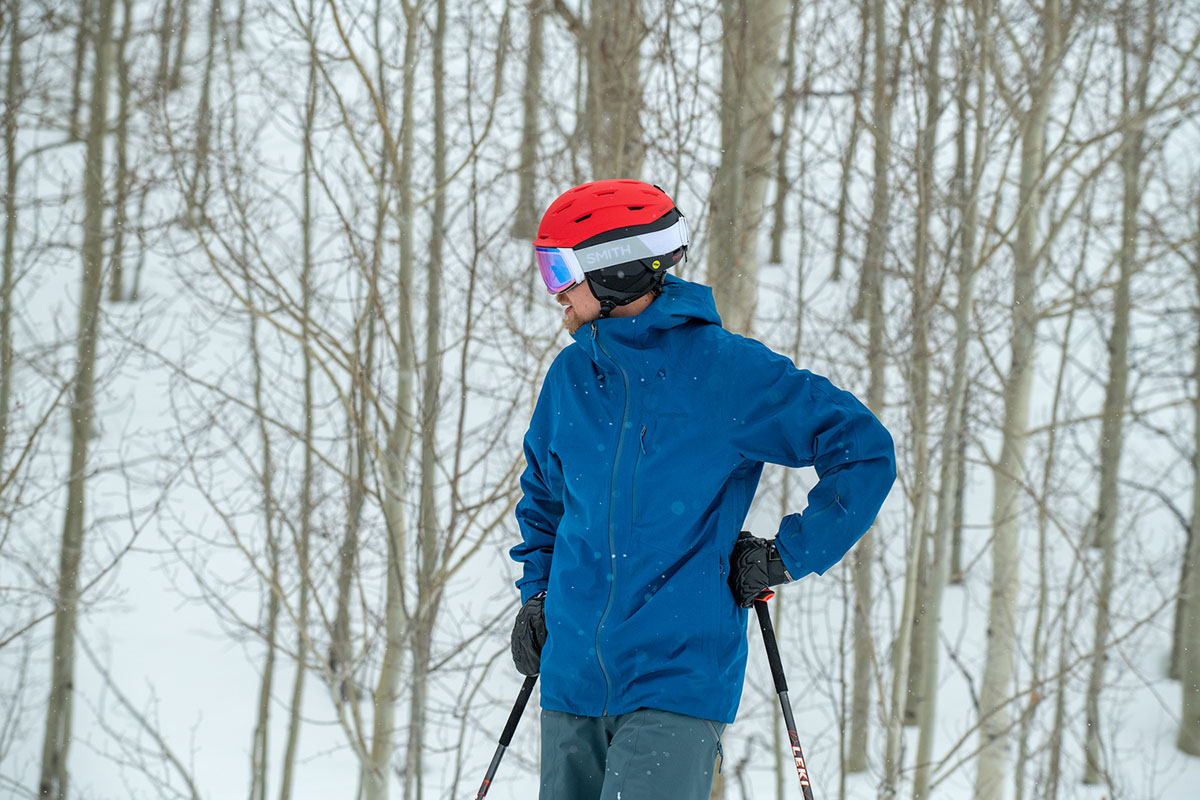
A final option to consider is Smith’s own Vantage MIPS, which is a step up in price ($270) and performance. As we touched on above, the two share a lot in common, including the same ABS and in-mold build, zonal Koroyd coverage (although the Vantage includes the material along the top and sides rather than just the sides), and a similarly soft and well-padded interior. However, the Vantage is slightly lighter at 1 pound 2 ounces and sports premium upgrades like a Boa dial, larger vent openings, and an additional slider to regulate temperature (for more, see our in-depth Vantage review). A final decision will likely come down to how you spend your time: For those who stay on-piste, the Level is a great pick; if you plan to explore the back- or sidecountry, the Vantage is the superior choice.